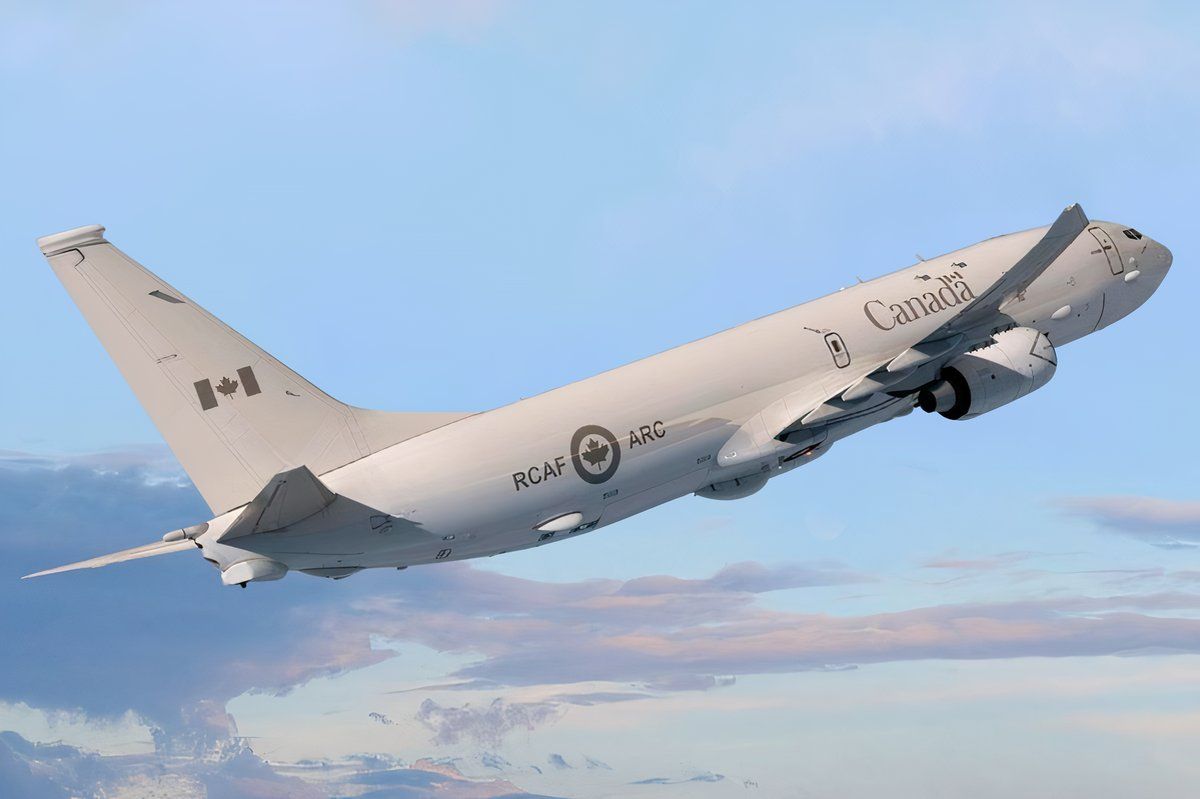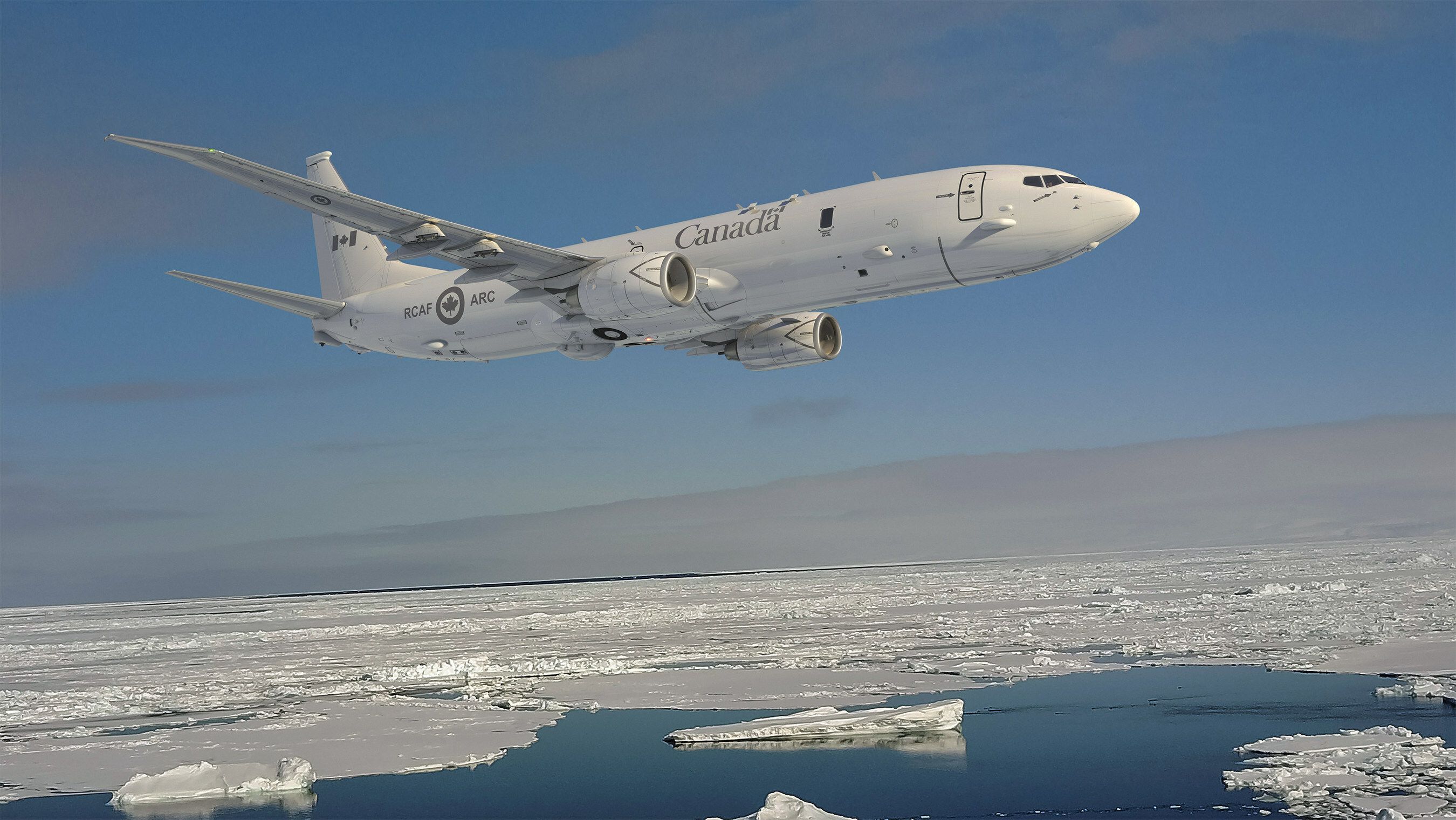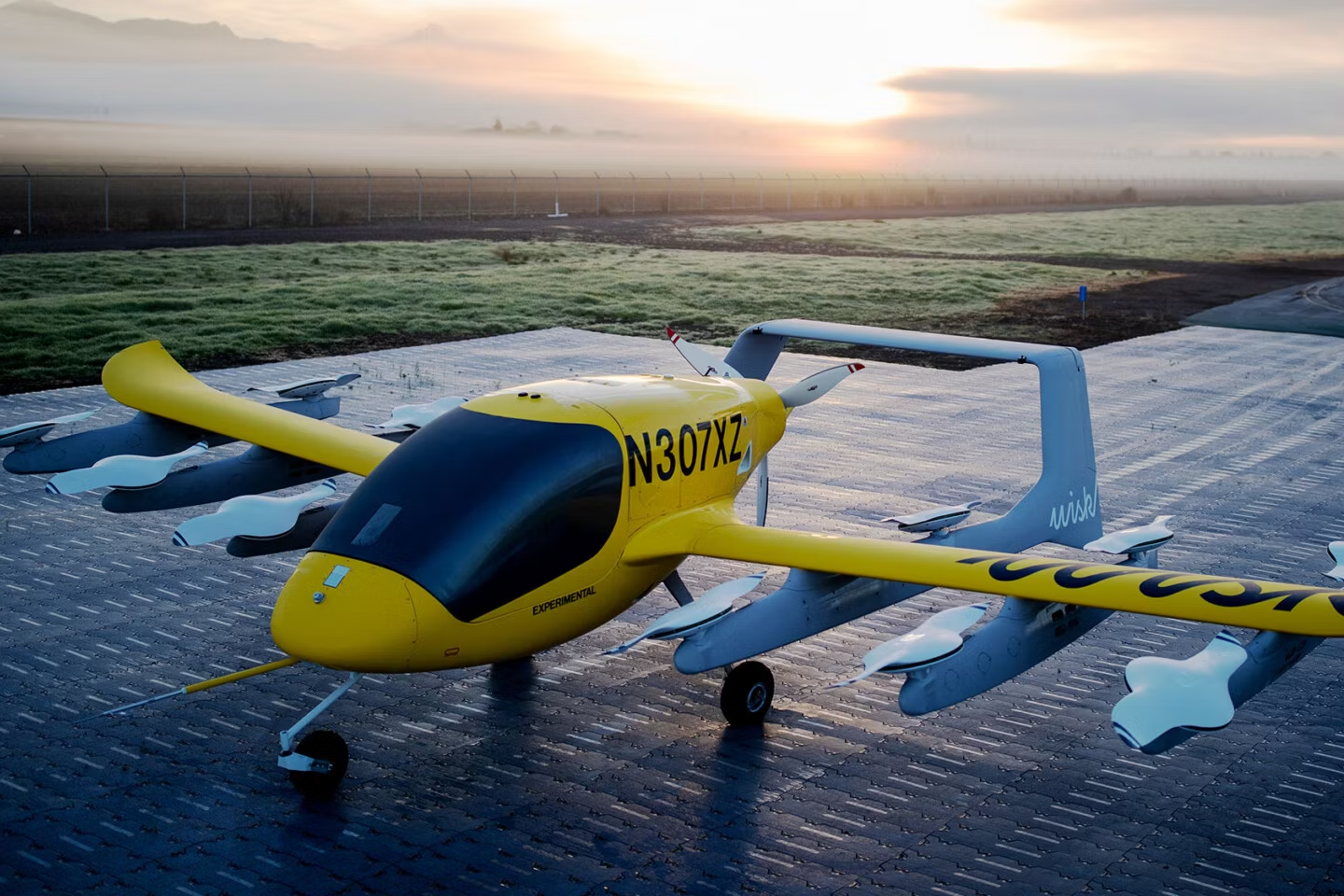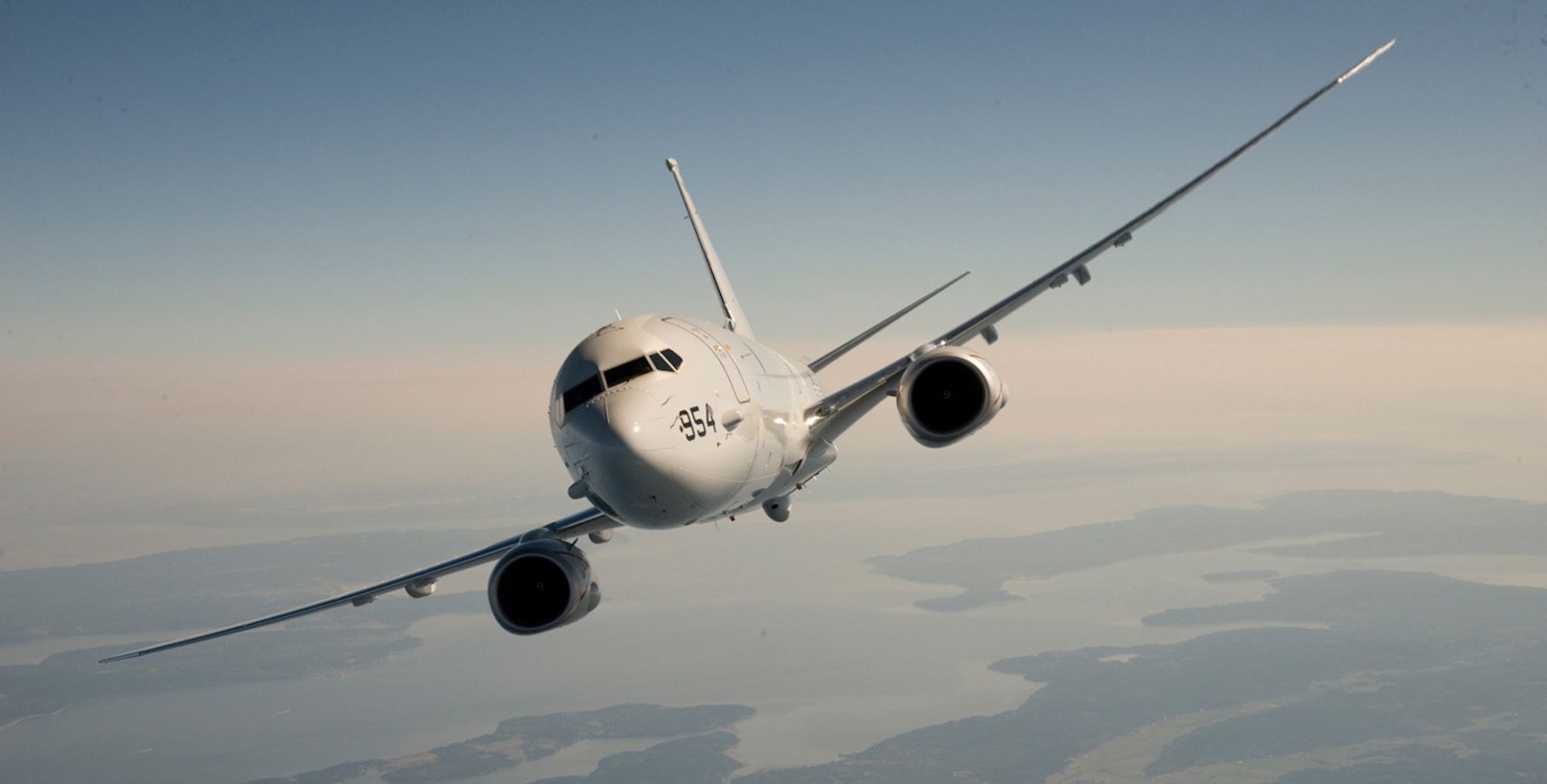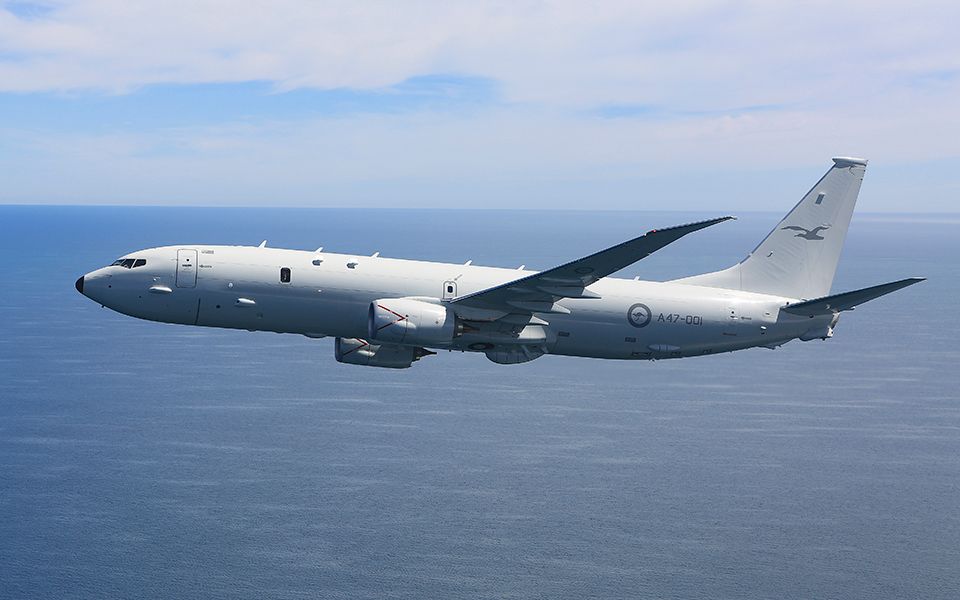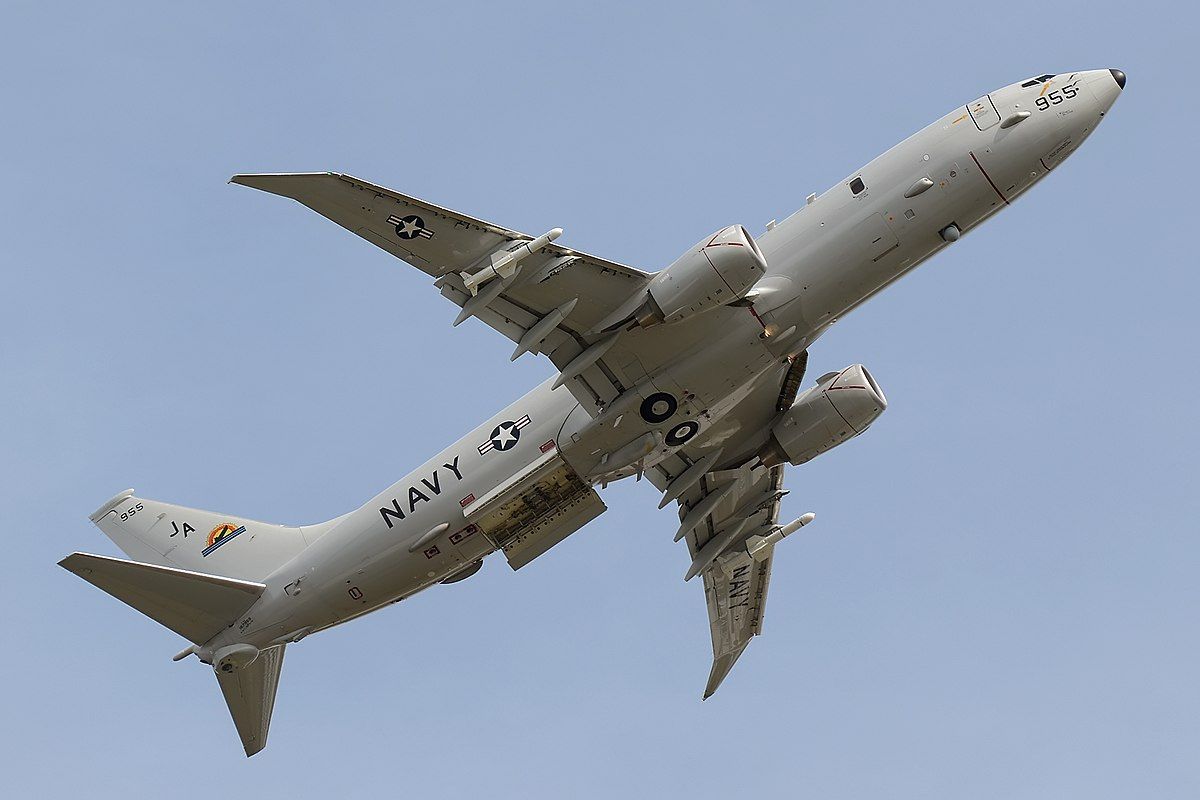Summary
- Boeing invests in Canadian aerospace, defense sectors to support Canadian jobs and GDP.
- Investments amount to CAD $240 million, focus on Quebec Aerospace Innovation and new technologies.
- P-8A Poseidons purchased by Canada to replace aging patrol aircraft, enhance Arctic defense capabilities.
Military contracts are famously complicated and often come as part of a larger package and cooperation between countries. Boeing is now investing millions of dollars in Canada’s aerospace industry as part of a deal for Canada to purchase up to 16 P-8A Poseidon maritime patrol aircraft. Canada is now poised to receive the first of its advanced P-8A Poseidons in 2026. These will help Canada to patrol and control its vast and often inaccessible territories.
Boeing invests in Canada
As part of the high-level agreement for Canada to purchase American-produced P-8A Poseidons, Boeing will make targeted investments in Canada. Specifically, the Canadian Government states these investments are to “support the growth of [Canadian] aerospace and defence sector.”
Photo: Boeing
Boeing will work to integrate Canadian companies into global supply chains, support the development of skills and training in Canada, and develop clean technologies. The Canadian government says Boeing’s investments will contribute at least CAD $358 million annually to Canada’s GDP over a ten-year period and support over 3,000 jobs.
Boeing says, “The investments are part of Boeing’s Industrial and Technological Benefits commitment to Canada for its selection of Boeing’s P-8A Poseidon to fulfill its long-term multi-mission aircraft role.” The investments amount to CAD $240 million (approx. USD $175 million) and will be invested in the Quebec Aerospace Innovation. The breakdown is:
- CAD $110 million (USD $80 million) for Aerospace Development Centre in the new Quebec Espace Aero Innovation Zone
- CAD $95 million (USD 70 million) for Wisk Aero’s autonomous 4-passenger carrying air taxi
- CAD $35 million (USD 25 million) for advanced landing gear research in partnership with Heroux-Devtek
Wisk Aero is an autonomous, electric, 4-passenger eVTOL air taxi and is currently in development (the Wisk Aero performed its first test flights in Los Angeles last year). It is hoped Boeing’s investments will contribute to Quebec’s aerospace’s quest to help decarbonize aviation. The Boeing investments in Quebec build on “more than $2 billion in P-8 contracts with Canadian companies to date.”
Photo: Wisk Aero
The military contract underscores the many competing considerations governments often have when awarding contracts (e.g., military capability, relationship with supplier nation, cooperation with allies, support of domestic industries). Even though the P-8 is an American-origin aircraft, Boeing states the contract will still “benefit hundreds of Canadian companies.”
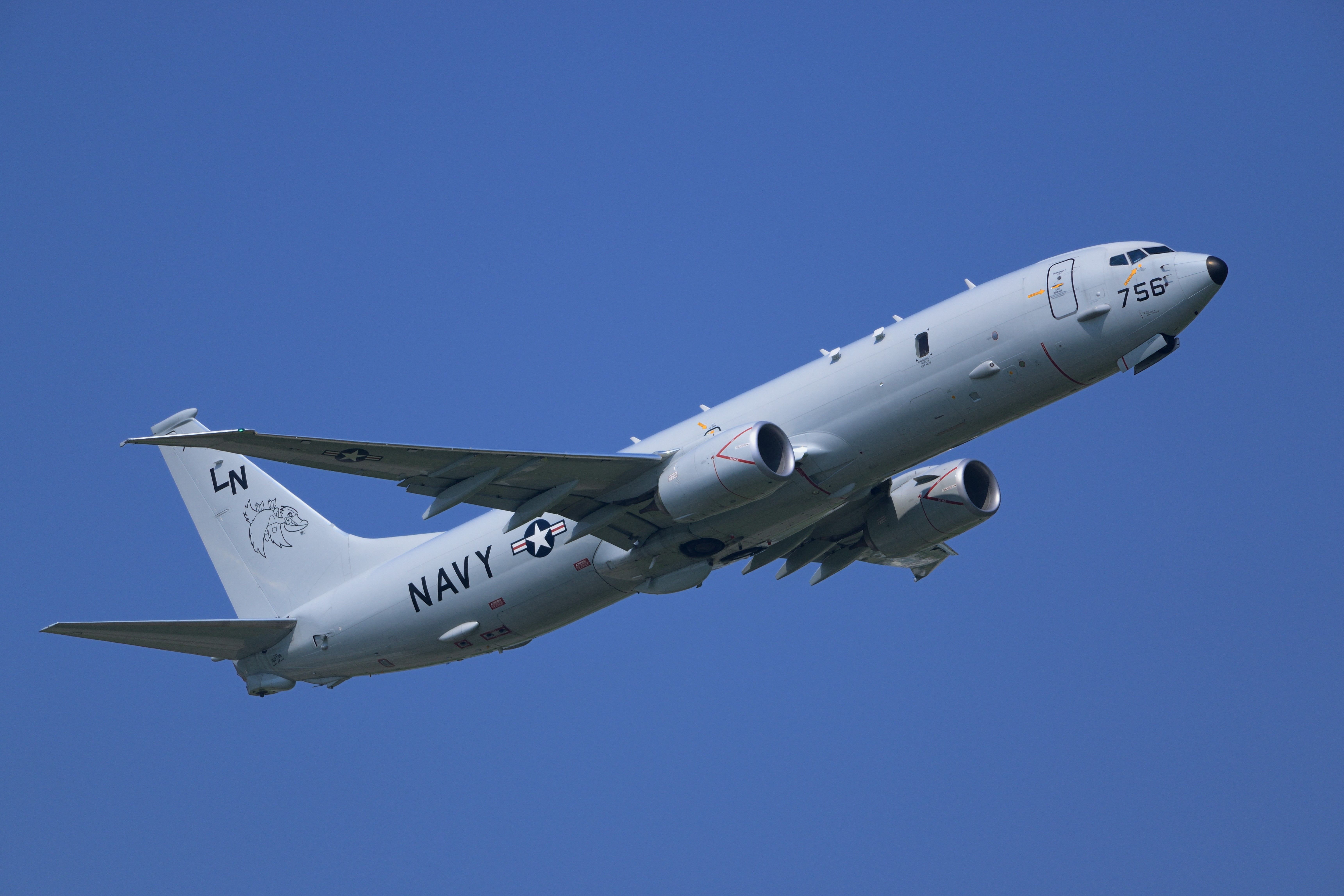
Related
Versatile Twinjet: 5 Things You Might Not Know About The Boeing P-8 Poseidon
Here are five things you might not know about the most “commercial” military jet currently operated.
Canada’s P-8 Poseidon purchase
Canada announced in November 2023 that it would be purchasing 14 P-8A Poseidon aircraft with an option for two more. These will be operated by the Royal Canadian Air Force (in the United States, they are operated by the Navy).
Defense News called the decision a ‘surprise move’ and stated that Canada had originally planned to have a competition to replace the aging CP-140 Auroras in 2024 and for the bids to be submitted in 2027 (the Canadian company, Bombardier, was seen as a top competitor with its special mission Global 6500 aircraft). Currently, Canada operates CP-140 Aurora (now over 40 years old) for maritime patrol.
Photo: Boeing
However, Canada then stated that the deal had been finalized through a government-to-government agreement with the United States. Canada’s National Defense stated, “This procurement will allow Canada to seamlessly transition to a replacement capability, thereby ensuring that Canada can continue to meet its domestic needs and international obligations.”
Canada said that after “significant engagement and thorough analysis” the P-8A was found to offer the best anti-submarine and ISR capabilities for the country. Notably, the P-8 would be able to operate seamlessly with the other four nations of the Five Eyes alliance (as well as other allies). The Five Eyes is an intelligence and espionage alliance of the United States, United Kingdom, Canada, Australia, and New Zealand.
Boeing went so far as to say that the P-8 is the only proven, in-service, and in-production solution that meets all of the Canadian Multi-Mission Aircraft requirements. Defense News reported that Public Services and Procurement Canada (the federal contracting department) announced that the aircraft was the only aircraft that could meet Canada’s needs.
Photo: Boeing
The deal includes $5.9 billion to purchase the aircraft and millions more for weapons, infrastructure, and other supporting systems. The first aircraft is expected to be delivered in 2026, and the last should be delivered by the end of 2027, with the fleet fully functional by 2033.
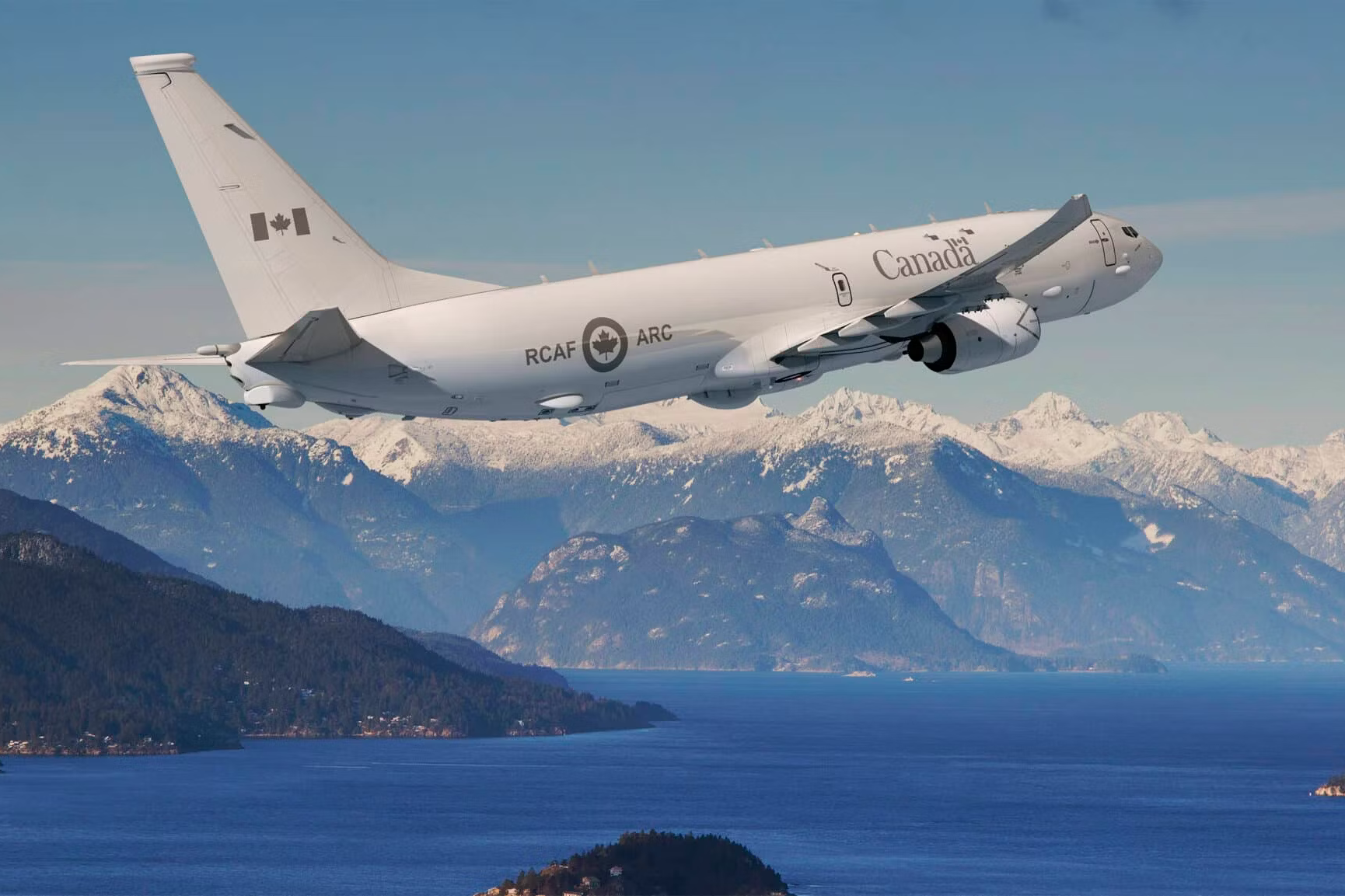
Related
Boeing’s P-8 Poseidon: What Weapons Are On Board?
The aircraft features 11 internal and external hardpoints for weapons.
Defending the Arctic
“The P-8A will provide Canada an advanced multi-mission platform to conduct maritime and overland surveillance in defence of Canada and to support our allies, with integrated C4ISR, anti-submarine and anti-surface capabilities.” – Government of Canada
The last couple of decades have seen growing competition in the Arctic, and it is feared this may only intensify as the world warms and the Arctic ice melts (making the region more accessible and exploitable). P-8A Poseidons will help Canada defend its interests in the High Arctic and elsewhere.
|
P-8A Poseidon Specifications |
|
|---|---|
|
Role: |
Anti-submarine, anti-surface, ISR |
|
Expected lifespan: |
25 years/25,000 hours |
|
Developed from: |
Boeing 737NG |
|
Service ceiling: |
41,000 feet |
|
Max speed: |
564 mph |
|
Weapons stores: |
129 A-size sonobuoys, Harpoon missiles, MK-54 Torpedos, Survival kit |
According to Boeing, one of the P-8’s key advantages is that it combines the “most advanced weapons system in the world” with the cost advantages of the most operated commercial airliner on earth—the Boeing 737. The P-8 shares 86% commonality with the commercial 737NG. Boeing says it is engineered for 25 years and 25,000 hours in the “harshest maritime flight regimes.”
With the massive fallout from Boeing’s deeply troubled Boeing 737 MAX, it is easy to forget that commercial airliners are only around half of Boeing’s business (with the other half being defense contracting). When passengers around the world fly the humble narrowbody Boeing 737, few spare a thought that its military cousin. The P-8 is one of the most advanced maritime patrol aircraft in the world.

